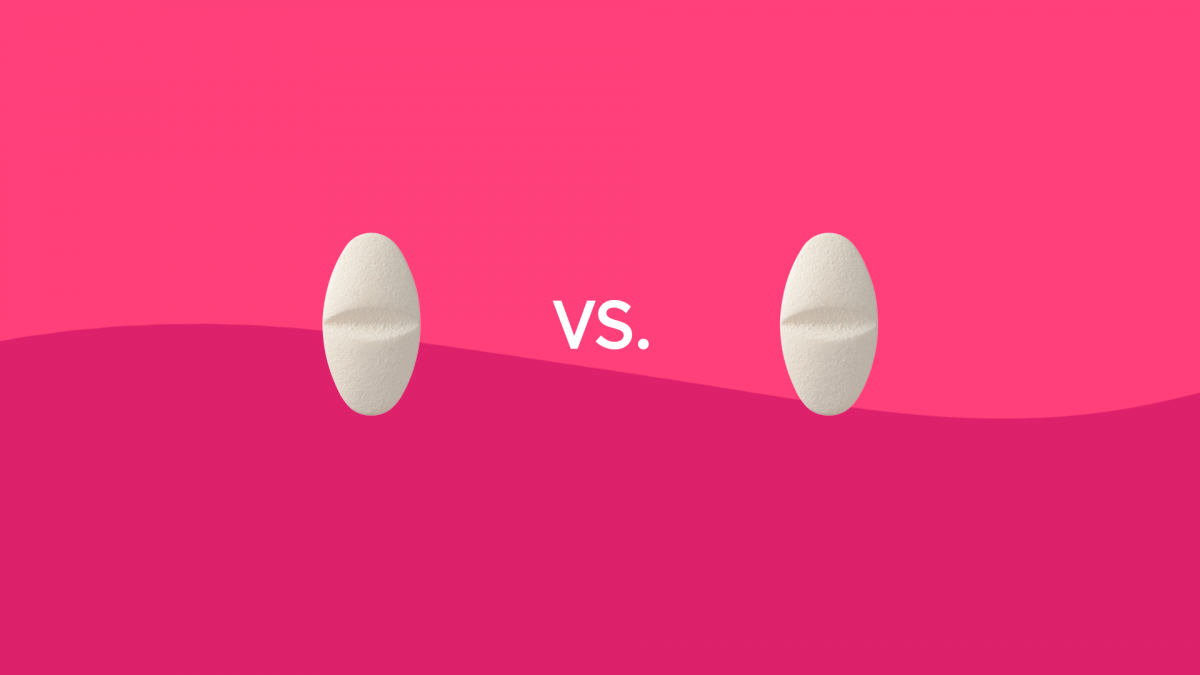Dental Questions And Answers
Understanding the intricacies of dental health can be a daunting task, especially with the plethora of information available today. It’s essential to have a reliable source that can provide accurate and comprehensive insights into various dental concerns. Here, we delve into some of the most frequently asked dental questions, aiming to dispel myths, clarify procedures, and offer guidance on maintaining optimal oral health.
The Importance of Regular Dental Check-Ups
Regular dental check-ups are the cornerstone of preventive dental care. They allow dentists to identify and treat oral health issues early on, preventing more severe problems from developing. Despite their importance, many people overlook these visits, often due to fear, cost, or the belief that they are unnecessary if their teeth feel fine. However, dental problems can be asymptomatic in their early stages, making regular check-ups crucial for detecting issues such as tooth decay, gum disease, and even oral cancer.
How Often Should You Visit the Dentist?
The frequency of dental visits depends on your oral health status. For individuals with good oral health and no history of dental issues, a check-up every six months is typically recommended. However, if you have a history of oral health problems, your dentist may suggest more frequent visits. Factors such as smoking, diabetes, and a family history of dental disease can also increase the need for more regular dental check-ups.
What to Expect During a Dental Check-Up
A dental check-up usually involves several steps, starting with a review of your medical and dental history to identify any conditions that could impact your oral health or the treatment you receive. Next, a visual examination of your teeth, gums, and other oral tissues is conducted to look for signs of tooth decay, gum disease, and other issues. This may be followed by a cleaning, known as a prophylaxis, to remove plaque and tartar, which can cause cavities and gum disease. Finally, your dentist may perform diagnostic tests, such as X-rays, if necessary.
Understanding Dental Fillings
Dental fillings are used to treat cavities. When a tooth is affected by decay, the dentist removes the decayed portion and fills the area with a filling material, which can be made from gold, amalgam, composite resin, or ceramic. The choice of material depends on factors such as the location of the tooth, the extent of the decay, and the patient’s preferences and budget. For example, composite fillings are often preferred for visible teeth because they can be matched to the color of the tooth, providing a more natural appearance.
The Process of Getting a Dental Filling
Getting a dental filling is typically a straightforward procedure that can be completed in a single visit. It starts with the administration of a local anesthetic to numb the area around the tooth, ensuring that you don’t feel any pain during the procedure. The dentist then removes the decayed portion of the tooth using a drill. After the decay has been removed, the area is cleaned and prepared for the filling. The filling material is then applied in layers, with each layer being shaped and smoothed before the next is added. Finally, the filling is polished to match the texture of the surrounding tooth.
Dental Crowns: What You Need to Know
A dental crown, often referred to as a cap, is a covering that fits over the entire tooth surface, restoring its original shape and size. Crowns are used in cases where a tooth is severely decayed, broken, or has received extensive restoration through root canal therapy. They can be made from various materials, including porcelain, ceramic, and gold. The choice of material depends on the tooth’s location, the patient’s budget, and the desired appearance.
The Procedure for Getting a Dental Crown
The process of getting a dental crown typically requires two visits. During the first visit, the dentist prepares the tooth by removing any decay and shaping it to fit the crown. An impression of the tooth is then taken and sent to a dental laboratory where the crown is manufactured. Before you leave, a temporary crown is placed over the prepared tooth to protect it until the permanent crown is ready. In the second visit, the temporary crown is removed, and the permanent crown is cemented into place, ensuring a snug and comfortable fit.
Maintaining Good Oral Hygiene at Home
Maintaining good oral hygiene at home is crucial for preventing dental problems. This includes brushing your teeth at least twice a day with a fluoride toothpaste, paying special attention to the areas where your teeth and gums meet. It’s also important to clean between your teeth once a day with floss or an interdental cleaner to remove plaque and food particles. Using a fluoride mouthwash can provide additional protection against decay and strengthen tooth enamel.
Common Dental Myths Debunked
There are several common myths surrounding dental health. One such myth is that sugar-free sweets are harmless to teeth. While they may not contain sugar, many sugar-free sweets are acidic, which can erode tooth enamel. Another myth is that whitening toothpaste can damage enamel. When used as directed, whitening toothpaste is safe for most people and can effectively remove surface stains, giving teeth a brighter appearance.
How often should I brush my teeth?
+It's recommended to brush your teeth at least twice a day, in the morning and before going to bed, using a fluoride toothpaste. Additionally, brushing your teeth after meals can help remove food particles and plaque.
What is the best way to floss?
+To floss correctly, take a piece of floss and wrap it around your middle fingers, leaving about an inch or two of floss in between. Gently slide the floss between your teeth, curving it around the base of each tooth in a "C" shape. Make sure to go below the gumline to remove any trapped food particles and plaque.
Can I use a waterpik instead of flossing?
+While a waterpik can be an effective tool for removing plaque and food particles from between your teeth and below the gumline, it should not replace flossing entirely. Flossing provides a more precise cleaning action that can reach areas a waterpik might miss. However, using a waterpik in addition to flossing can provide an excellent oral hygiene routine.
How can I prevent tooth decay?
+To prevent tooth decay, maintain a rigorous oral hygiene routine that includes brushing your teeth with fluoride toothpaste, flossing daily, and rinsing with a fluoride mouthwash. Limit your consumption of sugary and acidic foods, as these can contribute to tooth decay. Regular dental check-ups are also crucial for early detection and treatment of any oral health issues.
In conclusion, understanding and addressing dental questions and concerns is vital for maintaining good oral health. By dispelling myths, clarifying procedures, and emphasizing the importance of regular dental care, individuals can take proactive steps to protect their teeth and gums. Whether it’s about the frequency of dental visits, the process of getting a filling or crown, or the best practices for oral hygiene at home, being informed empowers individuals to make the best decisions for their dental health.

